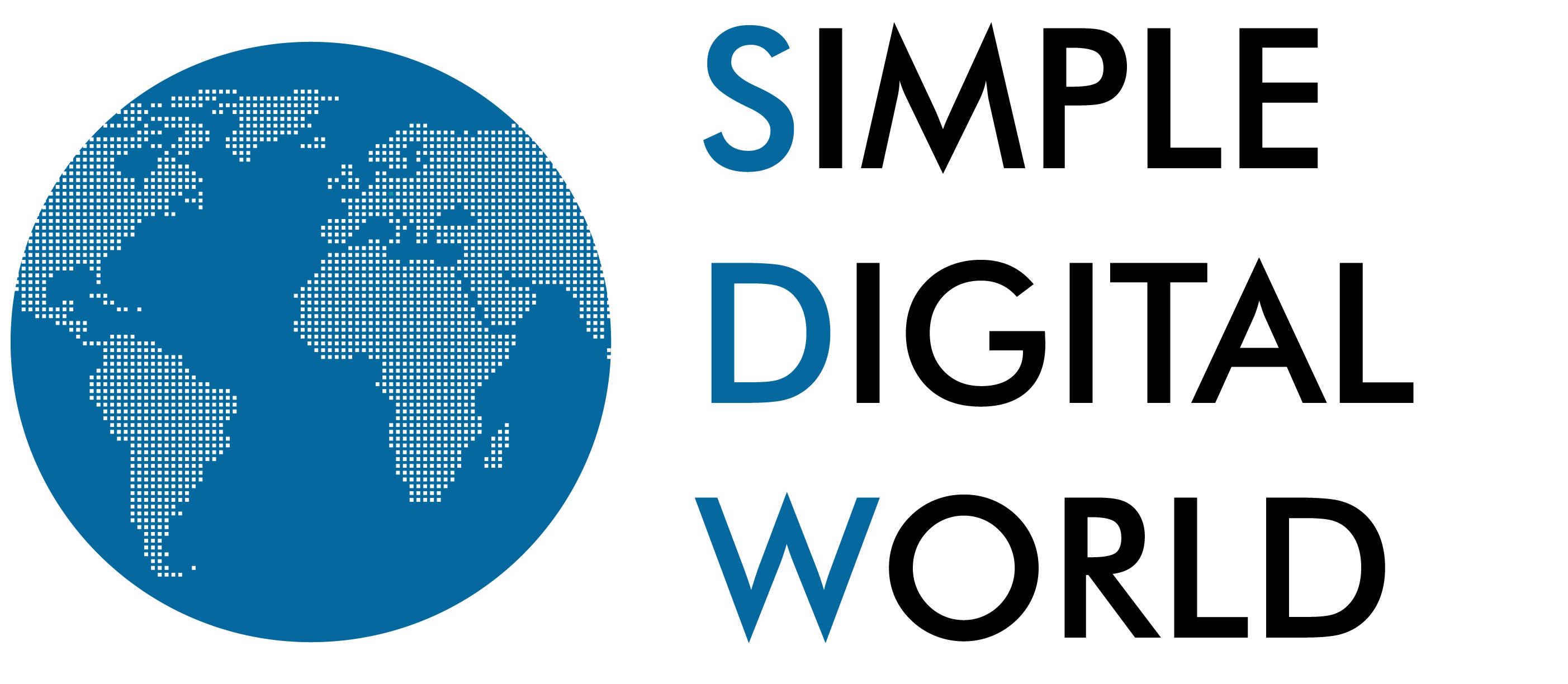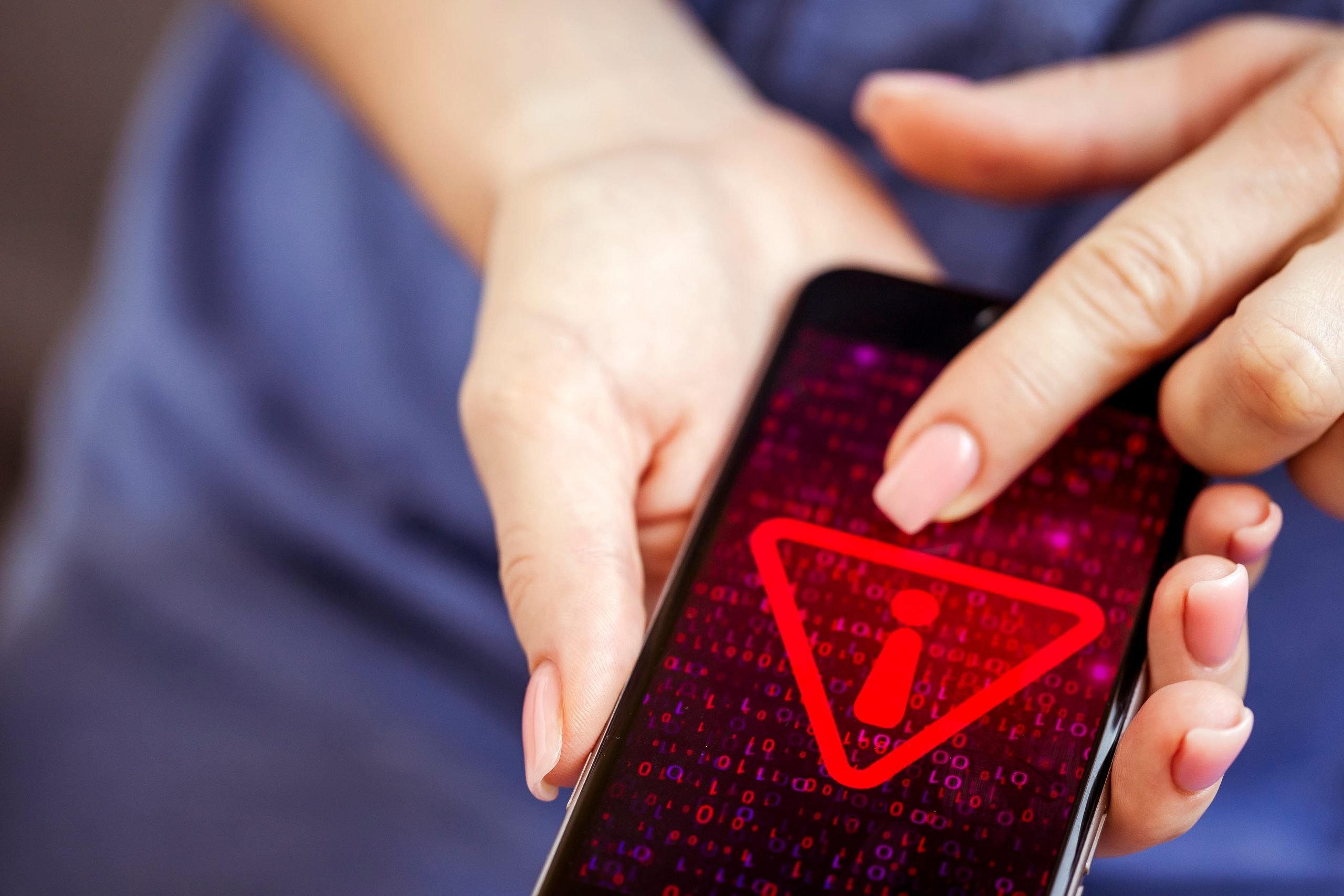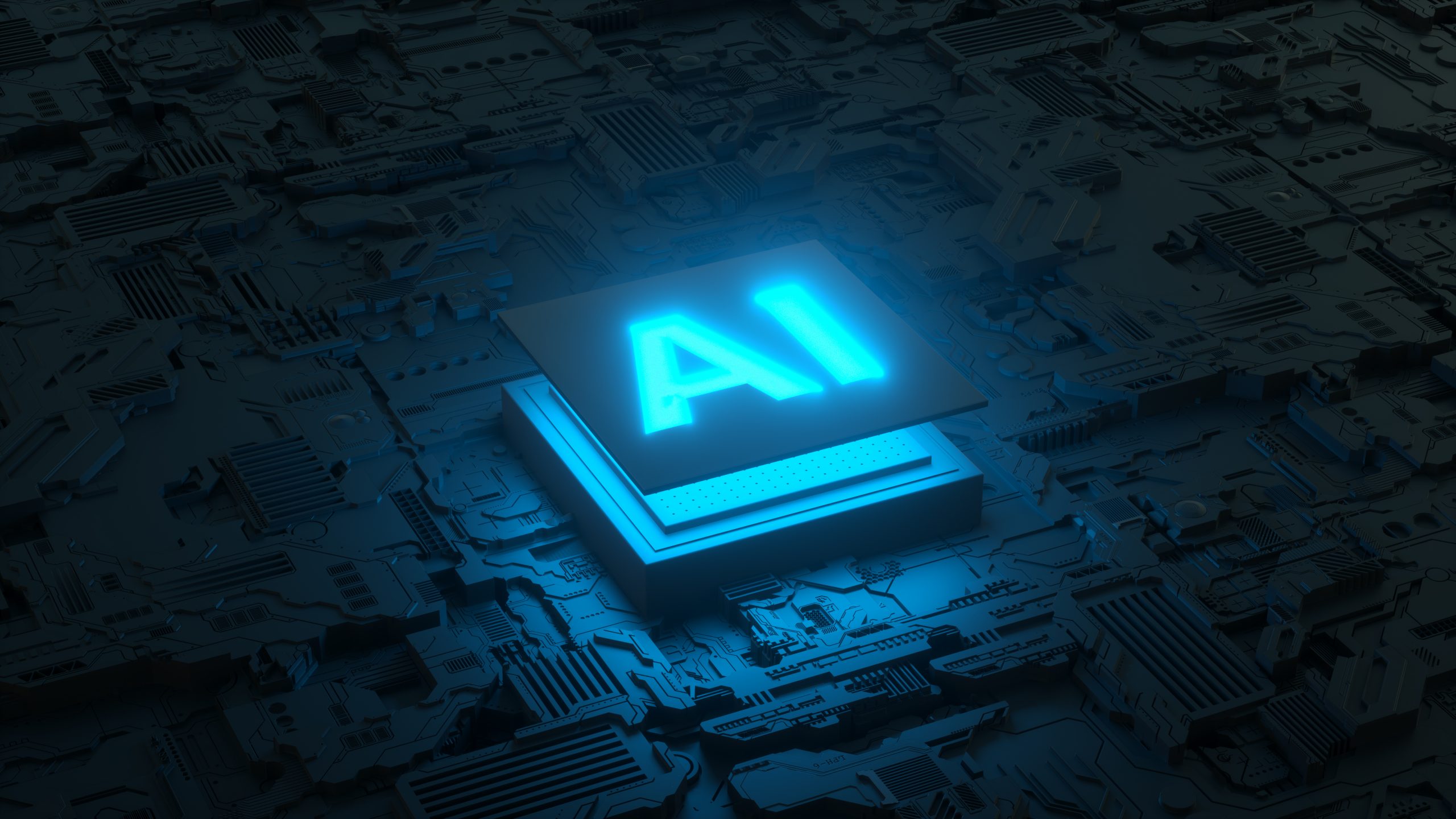A blog post around the best ways to protect your data from malware.
Data has become the primary asset of today’s businesses. Businesses depend on their data to make the best decisions so that they can grow their company. And this needs to be done online. But what happens when your data is compromised? You can’t just throw your hands up and say “all is lost.” There are many ways that you can protect your data from malware. This blog is going to outline some of the best ways to keep your data safe from malware.
What is Malware?
Malware is malicious software designed with the intent of causing harm or stealing data from computers, mobile devices, and networks. The term “malware” is a combination of two words: malicious and software. Malware includes viruses, ransomware, Trojans, worms, adware, spyware, and other malicious programs. It can infect your computer or mobile device without your knowledge, and even access and steal your sensitive information.
What is a Virus?
A virus is a type of malware that can replicate itself and spread to other computers through email attachments and file sharing sites like torrents. Unlike other types of malware, a virus needs some kind of action in order to be activated – such as opening an infected file or clicking on a malicious link. Once the virus has been activated, it will start to spread across your system and corrupt files.
What is the Difference Between a Virus and Malware?
While both are malicious programs that can cause damage to your computer, there are some key differences between them. Viruses are usually more specific in their attack. They tend to spread from one computer to another by attaching themselves to files or programs. On the other hand, malware usually does not attach itself to other programs. Instead it spreads by exploiting weaknesses in an operating system or network.
What are the Signs of a Computer Virus?
If you believe your computer has been infected with a virus, check for some indicators to confirm it. These include slow performance of the computer or program; frequent system crashes; unexplained pop-up windows or messages; unexpected changes to browser homepage or settings; unusual files or folders on your desktop; and suspicious emails that were sent from your account without your knowledge.
What are the Best Solutions to Protect Your Data?
The most effective way to protect yourself from malware is to use strong passwords. Keep all online accounts secure with two-factor authentication if possible. Additionally, you should also regularly update all software on your computer with the latest patches. Always install reputable antivirus software that can detect and remove any threats before they do any harm. You should also avoid downloading files from unknown sources or clicking on suspicious links in emails.
What are the Best Tools to Protect Your Data?
There are several different tools available that can help you keep your data protected from malware threats. Generally speaking, these tools fall into two categories: antivirus software and anti-malware programs. When choosing an antivirus tool, make sure it offers real-time protection as well as features such as automatic scans and malware removal capabilities. As for anti-malware programs, they act like a firewall against malicious software by constantly monitoring your system for potential threats.
These are tools you can use to protect your data:
- Antivirus software: This helps to protect your computer or device from viruses, malware, and other threats. Examples include McAfee, Norton, and Kaspersky.
- Firewall: This is a network security system that monitors and controls incoming and outgoing network traffic based on predetermined security rules. A firewall can help prevent unauthorized access to your computer or network.
- Encryption: This is the process of converting data into a coded format that can only be accessed by someone with the correct decryption key. Encryption can help protect your data if it is lost or stolen.
- Password manager: This is a tool that helps you generate and store strong, unique passwords for all of your online accounts. A password manager can help protect your accounts from being hacked.
- Virtual private network (VPN): This is a service that encrypts your internet connection and hides your IP address, making it more difficult for hackers to track your online activity.
- Two-factor authentication (2FA): This is an additional security measure that requires you to enter a code or use a biometric authentication method (such as a fingerprint or facial recognition) in addition to your password when logging in to an account.
By using a combination of these tools, you can help protect your data and keep your online activity private.
What To Do If You Find Malware On Your Computer
If you suspect that your computer has malware, it is important to take action as soon as possible to remove the malware and protect your data. Here are some steps you can take:
- Disconnect from the internet: Disconnect your computer from the internet to prevent it from spreading or communicating with its creators. This includes disconnecting any wired or wireless connections.
- Run a malware scanner: Use a reputable scanner (e.g. McAfee, Symantec (Norton), Kaspersky) to scan your computer to detect it. Make sure the scanner is up to date with the latest definitions.
- Remove the malware: Follow the instructions provided by the scanner to remove the detected malware. Make sure to remove all instances of the malware.
- Update your operating system and software: Make sure that your operating system and all of your software (including antivirus software) are up to date with the latest security patches. This can help prevent future malware infections.
- Change all of your passwords: Change the passwords for all of your accounts, including email, social media, and financial accounts. Use strong, unique passwords and consider using a password manager to help manage your passwords.
- Run a system restore: If the malware has caused problems with your system, you may need to run a system restore to revert your computer to a previous state. This will erase any changes made to your system since the restore point, so make sure to save any important files before running a restore.
- Seek professional help: If you are unable to remove the malware or if your computer continues to have problems, consider seeking help from a professional computer repair service. They can help identify and remove any remaining malware and repair any damage caused by the infection.




